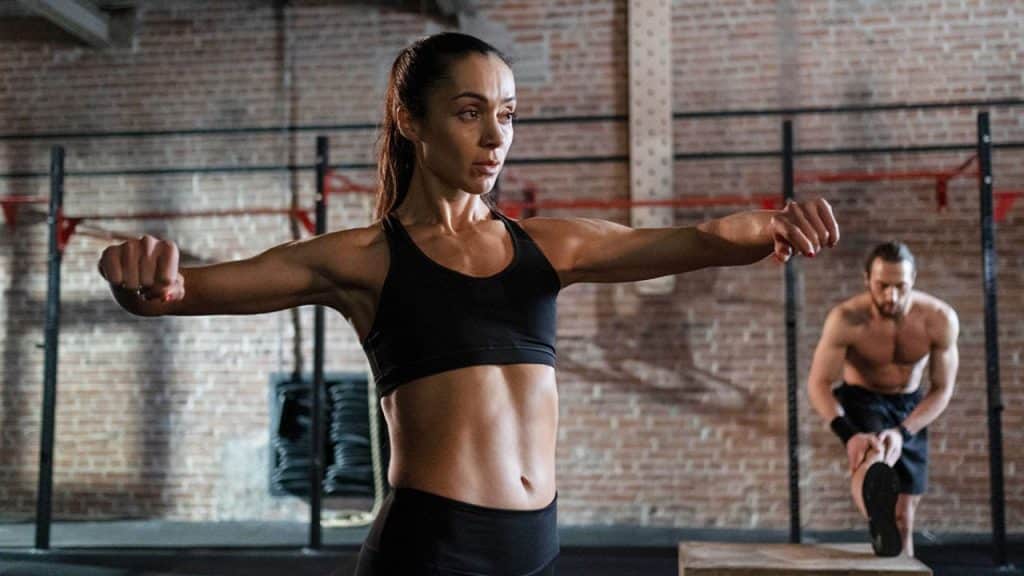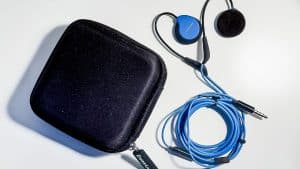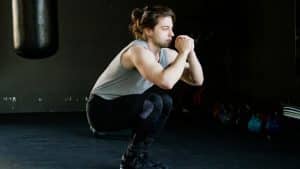We talk a lot about the importance of warming up before exercise. It’s one of the best ways to avoid injury and get the most from your session. Cooling down might not get attention in quite the same way, but it’s just as essential for an effective, and more importantly, safe workout (https://longevity.technology/lifestyle/cool-down-exercise-definition-benefits-examples/).
Exercise can be an intense thing. Your heart rate, breathing, and temperature are all rising. Your hydration, however, is falling as you sweat away that essential water. Muscles ache and burn as all sorts of bodily processes go into overdrive. If you come to an abrupt stop before going back to regular life rather than slowing things down safely and taking time over your recovery, you’re inviting complications.
A good cooldown will return your heart rate and blood flow to normal levels at a gradual pace. Go too fast, and you could end up dizzy or even faint as your blood pressure drops and blood accumulates in your extremities rather than returning to the heart and brain. Cooling down puts less stress on your heart. There will also be less lactic acid in your muscles, which may mean less stiffness or risk of cramps. You’ll reduce the chances of muscle injury and may even see improvements in your flexibility.
You may also see some psychological benefits from a cooldown period at the end of an intense exercise session. It doesn’t just calm you down physically; it also relaxes you mentally. It gives you a chance to reflect on your achievements and enjoy the satisfaction of a workout well completed.
Common ways of cooling down include jogging or walking, which are relatively easy wherever you are and regardless of equipment. This is good for the heart and blood flow, but when it comes to your muscles, stretching is also essential to improve flexibility and reduce injury risk. Sometimes, just doing some breathing exercises with a few deep breaths can be the ideal way to calm yourself both physically and emotionally. If you’ve ever done yoga, you’ll know how stretching and breathing can combine in some simple poses as part of a cooldown.
Exactly how you cool down will depend on the type of exercise, muscles worked and level of intensity of your session overall, but if you want it to be effective, you need to take your time and get it right.




